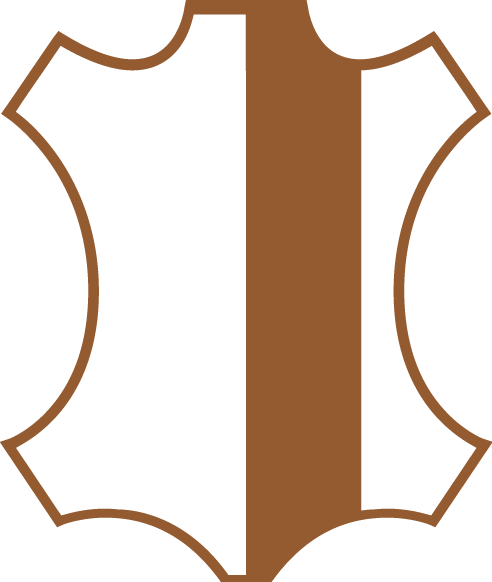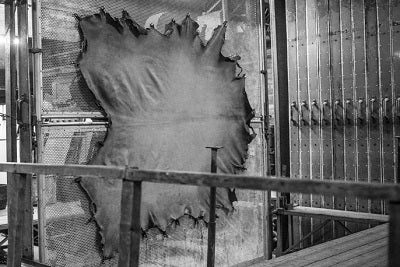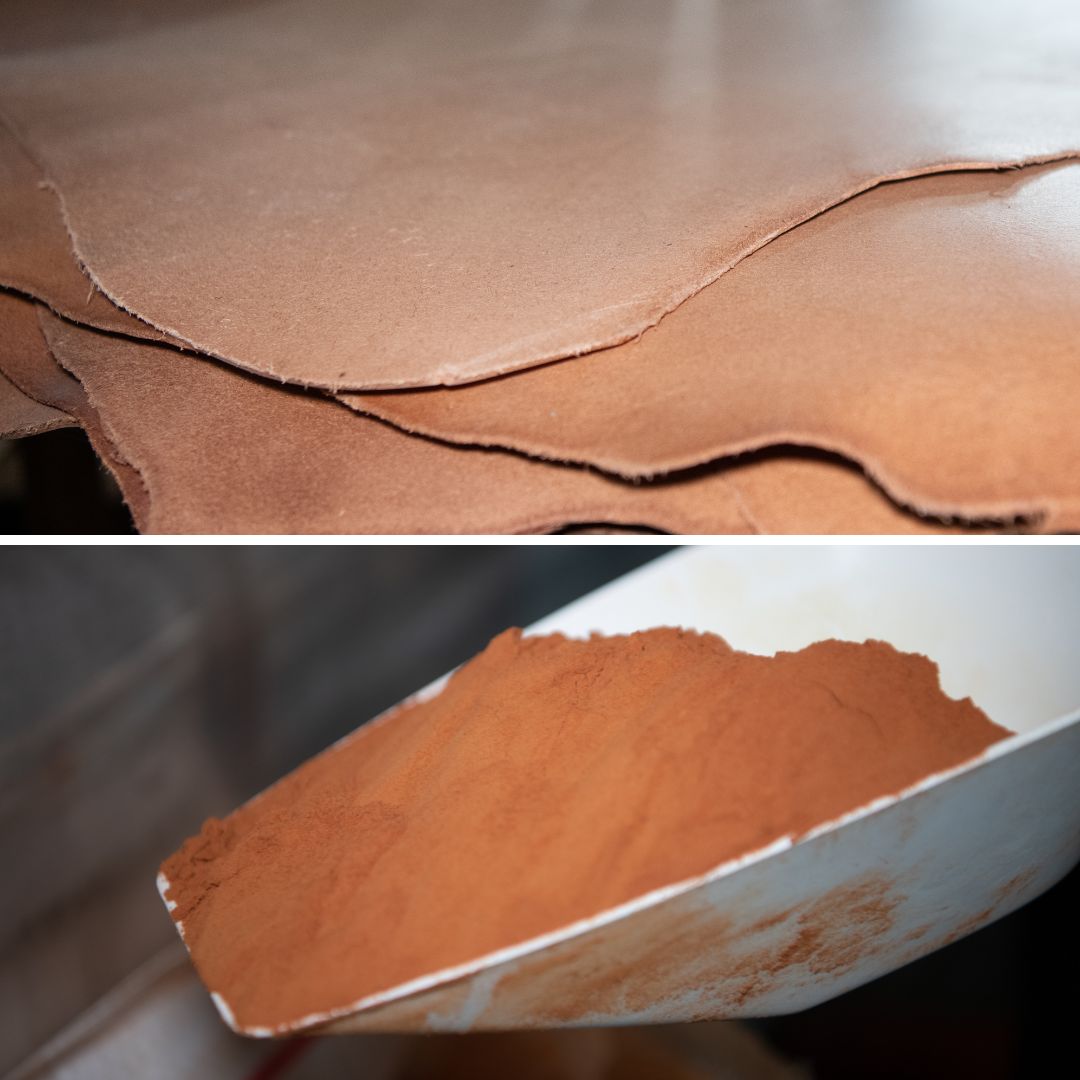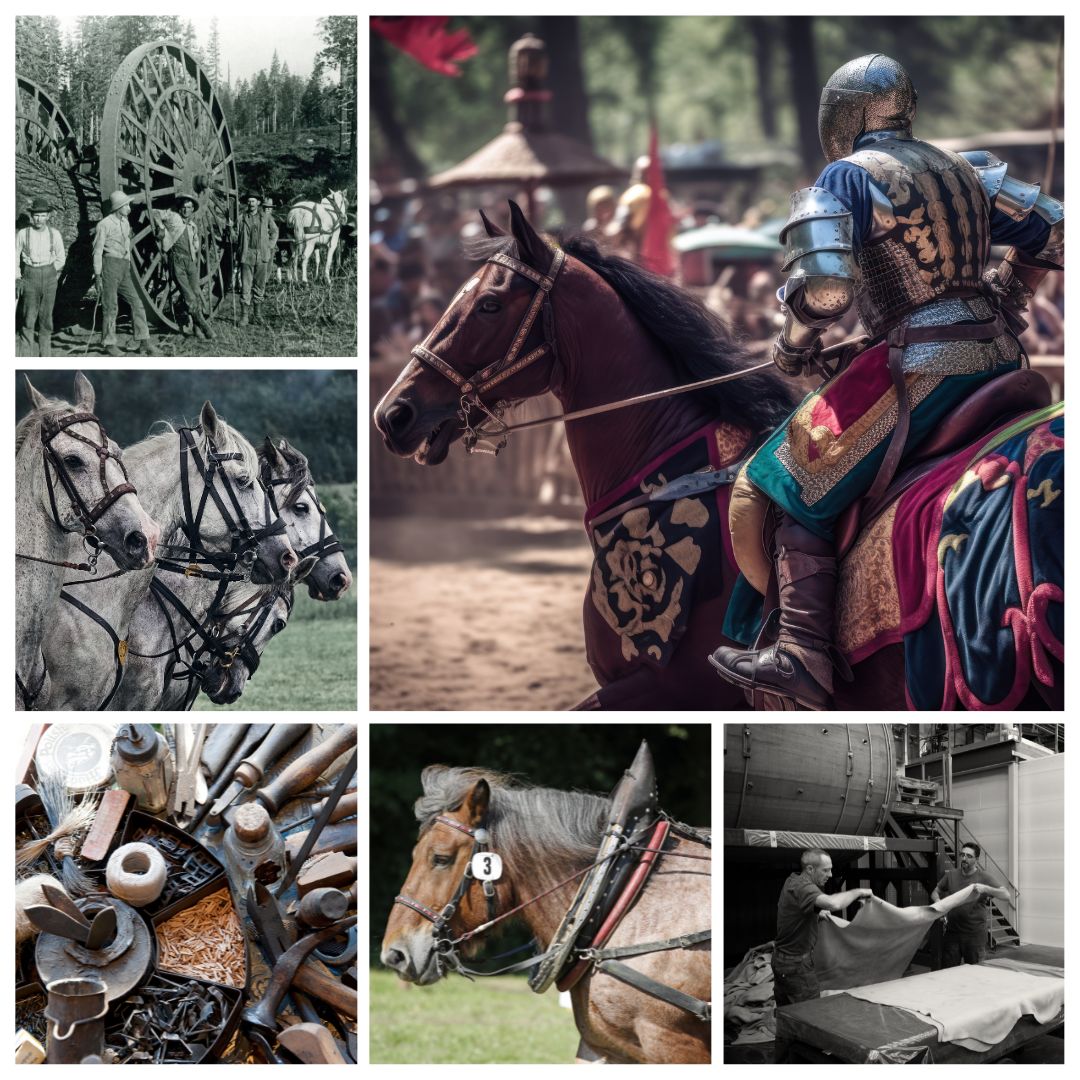Leather hide areas are defined according to a precise cut. The hide of a bovine is cut according to very precise rules, each cut part having different properties and being used for different purposes.
Why cut the leather like that?
It's important to know that hide is elastic to follow the body's movements. This is known as"lending", the elasticity of leather fibers in certain areas. Certain areas of the animal are subject to more or less deformation and movement. As a result, areas of leather will be more or less supple, more or less fine, more or less wrinkled/pleated, but also more or less stretchable.
Example: the butt is the area of the animal's back whose hide is stable throughout the animal's life. The flanks correspond to the animal's belly, which waxes and wanes with the seasons.
What are the leather hide zones?
Full hide (or hide hide)

This covers the entire hide of the animal. It includes the shoulder, butt and flanks. Widely used for crafts requiring large pieces of leather (upholstery, saddle seats, etc.), it is referred to as hide when cut lengthwise from shoulder to butt.
Our leather is available in full or hide hide: Angel
Le shoulder
 This part corresponds to the animal's neck and is often wrinkled due to the movements of the animal's head. This part is widely used, since it can be lent in all directions. The shoulder can be used to make belts, bags, wallets and more.
This part corresponds to the animal's neck and is often wrinkled due to the movements of the animal's head. This part is widely used, since it can be lent in all directions. The shoulder can be used to make belts, bags, wallets and more.
Our leathers available in shoulder : Niagara and Pykara
The butt
 This is the animal's rump. This is one of the thickest and firmest areas of hide . The flanks, shoulder and all extremities have been removed. The butt is considered the noblest part of the hide. This area has no primer and can therefore be cut in any direction. This area is used in particular for parts requiring greater strength (straps, reins, harnesses, equestrian saddle quarters, etc.).
This is the animal's rump. This is one of the thickest and firmest areas of hide . The flanks, shoulder and all extremities have been removed. The butt is considered the noblest part of the hide. This area has no primer and can therefore be cut in any direction. This area is used in particular for parts requiring greater strength (straps, reins, harnesses, equestrian saddle quarters, etc.).
Our Detian split leather is available in butt and half-butt.
Our Flaps leather Printed Gavarnie is available in half-butt.
Our stretched Boyoma leather is available in third of butt.
The backsplash (or half-back)
 It's made up of the shoulder and the butt, i.e. a whole hide from which the sides have been removed. Its advantage is that it can be used for very long lengths, as in saddlery, for example. When this area is sold in halves, we speak of half-back. Half-back is used for leather parts requiring a long length, and as bridle leather.
It's made up of the shoulder and the butt, i.e. a whole hide from which the sides have been removed. Its advantage is that it can be used for very long lengths, as in saddlery, for example. When this area is sold in halves, we speak of half-back. Half-back is used for leather parts requiring a long length, and as bridle leather.





